Florence is undoubtedly one of the most important places for art. It houses many masterpieces of the Italian Renaissance, some of them hanging in museums, but others decorating the walls of churches or public buildings just as they were originally intended. Some of the best examples are frescoes in Florence because they tell a story, usually that of an important figure or event from the Bible. The Brancacci Chapel is one of the most important fresco series from the early Renaissance. What is the Brancacci Chapel and why is it worth visiting?
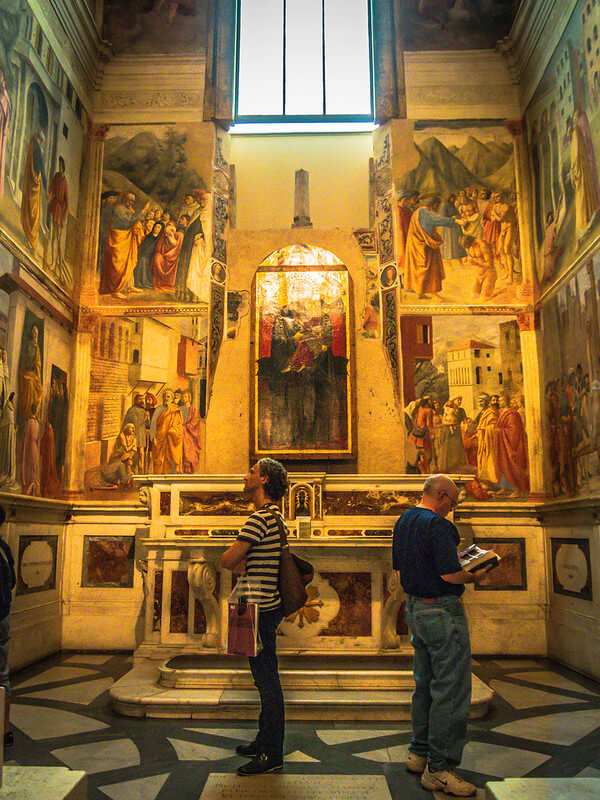
The Brancacci Chapel
You may not be a fan of religious art, but to appreciate the Renaissance, one should keep in mind that it came out of the Medieval period when all art was for the sake of religion, and although secular pieces were made in the Renaissance, the most common theme was still religion. This was 15th century Italy, after all!
And without the amazing artistic innovations that took place during the Renaissance, art of all kinds in the following centuries would have been much different.
Read more: Florence Museums
A wonderful example of Renaissance art in Florence is the Brancacci Chapel because it showcases the early innovations of the period. Here are the main reasons I think this fresco series is worth a visit:
The Brancacci Chapel
Where is the Brancacci Chapel located?
Many great Renaissance pieces are located in the very place where they were made, as is the case with a fresco series since the paint is actually inside the plaster of the walls. Most often a wealthy family paid for a chapel in a church and for a well-known artist to line the walls with a fresco series commemorating a Biblical figure. This was the patrons’ way of guaranteeing their entrance into heaven.
The Brancacci Chapel, or Cappella Bracacci, is such a chapel, paid for by Felice Brancacci, a wealthy cloth merchant. It is located in the 13th century Church of Santa Maria del Carmine. The church interior was almost completely destroyed in a fire in 1771 and was later redone in the Baroque style.
Luckily, the chapel was spared, but barely. It was damaged by smoke and was partially torn down before artists came to its rescue. As a result, a bit of it is missing, and the rest had to be painstakingly restored.
The church lies in the Oltrarno area of Florence, on the other side of the Arno River. I love this part of the city; it has plenty of history (the Pitti Palace & Boboli Gardens, Santo Spirito, the old city walls that wind above the city) but is more of the real Florence, where regular people work, shop, and eat. If you go to Florence, be sure to spend a day or more on this side of the Arno.
Read more: How to Spend 3 Days in Florence
Who painted the Brancacci Chapel?
The frescoes, which mostly show the life of St. Peter, were begun in 1424, early in the Renaissance. They were started by Masolino but were handed over to Masaccio, who died very young a few years later, leaving the cycle unfinished.
They were completed about 60 years later by Filippino Lippi. Despite the change of hands, the frescoes are associated more with Masaccio than the others and demonstrate the innovations that this master became famous for.
Why is the Brancacci Chapel important?
It shows huge artistic innovations for the early Renaissance.
Emotion: One of the most important aspects of the Renaissance was humanism, including showing human emotion. An early but famous example of this is Masaccio’s portrayal of raw emotion in the Expulsion fresco where Adam and Eve reflect pain and sadness (see below).
An interesting point is the naked bodies of Adam and Eve (above). This was a brave move for Masaccio since nudity in art had not been accepted since the Roman times. About 300 years later, leaves were painted over them to hide their nakedness but were removed during the restoration in the 1980s.
It’s easy to appreciate the drama and realism portrayed by Masaccio’s Adam and Eve when you compare it to Masolino’s more rigid depiction in the same chapel.
Realism: Another goal of the Renaissance was realism, meaning that artists tried to represent people, places, and nature realistically. Masaccio used his new principles of chiaroscuro to show light and shadow. He also used new rules of perspective to show depth and realistic space. You can even see this in the haloes of the apostles in the Tribute Money fresco!
Also, Masaccio painted the men’s faces as unique individuals, some old, some young, some bearded and scruffy, others with large noses or delicate features. It’s easy to see the innovation when you compare the frescoes to the altarpiece, a Medieval painting that attempts to show no emotion or realistic space.
Read more: Tips to Understanding Renaissance Paintings
How does the Brancacci Chapel fit into the Renaissance?
Compared with later masterpieces like the Sistine Chapel or even Ghirlandaio’s Tornabuoni Chapel frescoes, this series may not seem as impressive, but it has to be appreciated in the context of when it was made, which was early in the Renaissance.
Because of Masaccio’s groundbreaking use of chiaroscuro and perspective, and his portrayal of human emotion and even nakedness, this fresco cycle became well-known among later Renaissance artists. In fact, Michelangelo and others spent a lot of time here making drawings of the frescoes and learning the art of chiaroscuro.
Even if Renaissance art is normally not really your thing, you should visit the Brancacci Chapel to get an idea of how the art of the early Renaissance led the way for High Renaissance masterpieces like the Sistine Chapel and the David. They are not only beautiful and innovative for their time, but also give you a glimpse of the connection between art and wealthy patrons and churches in 15th century Florence.
How to visit the Brancacci Chapel:
The Brancacci Chapel is located in Piazza del Carmine, just a few blocks from the Arno River. The entrance is to the right of the church.
Open 10-5 Mon.-Sat., 1-5 on Sundays, closed on Tuesdays
4 euros, or 8 euros with a combined ticket to the Palazzo Vecchio
Reservations are required to visit and can often be made on the same day. Visitors have up to 15 minutes in the chapel and are treated to a 40-minute video on the history of the frescoes and the stories represented.
(Some images from wikimedia)

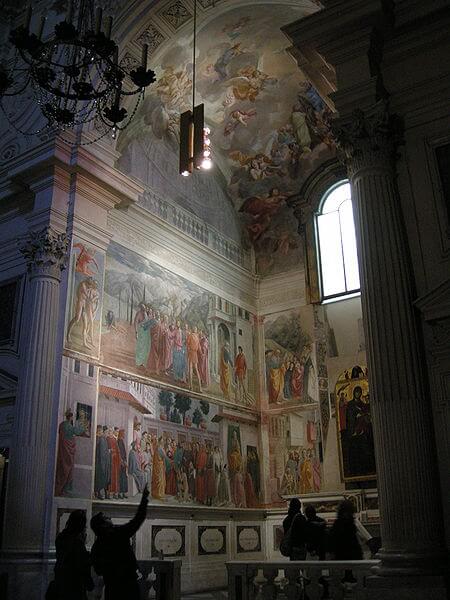
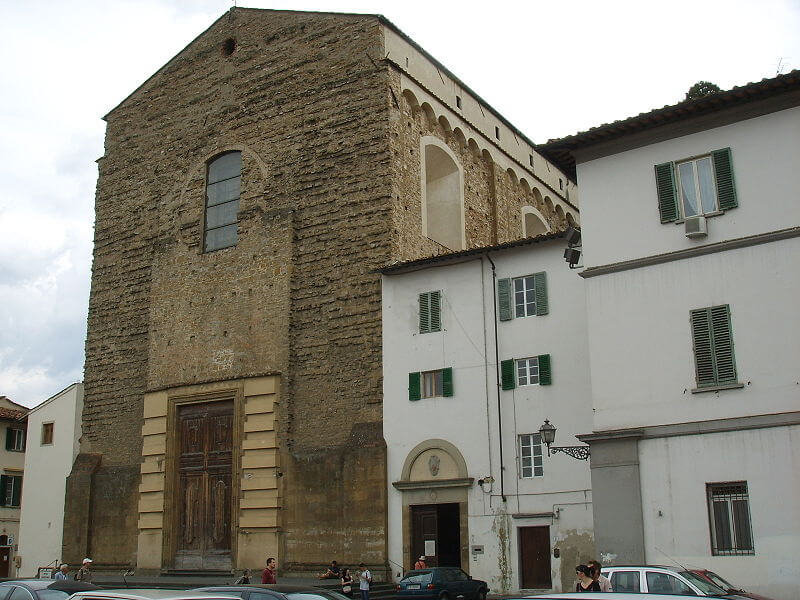
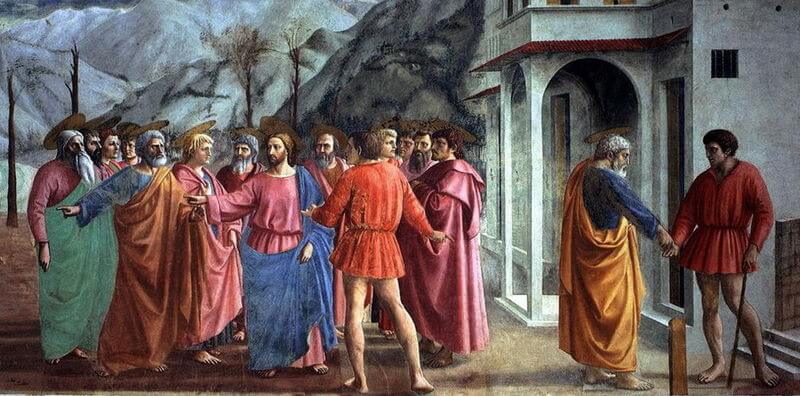
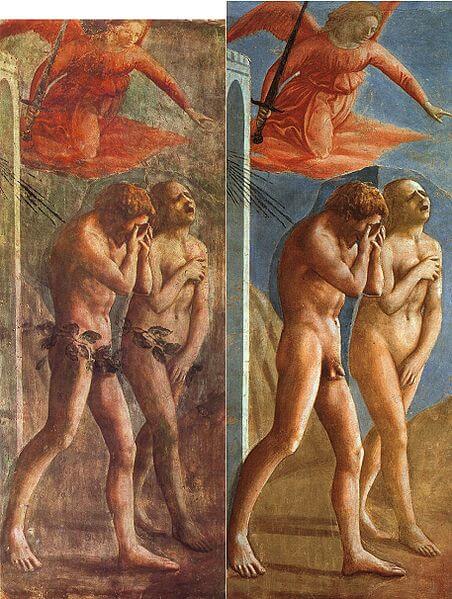

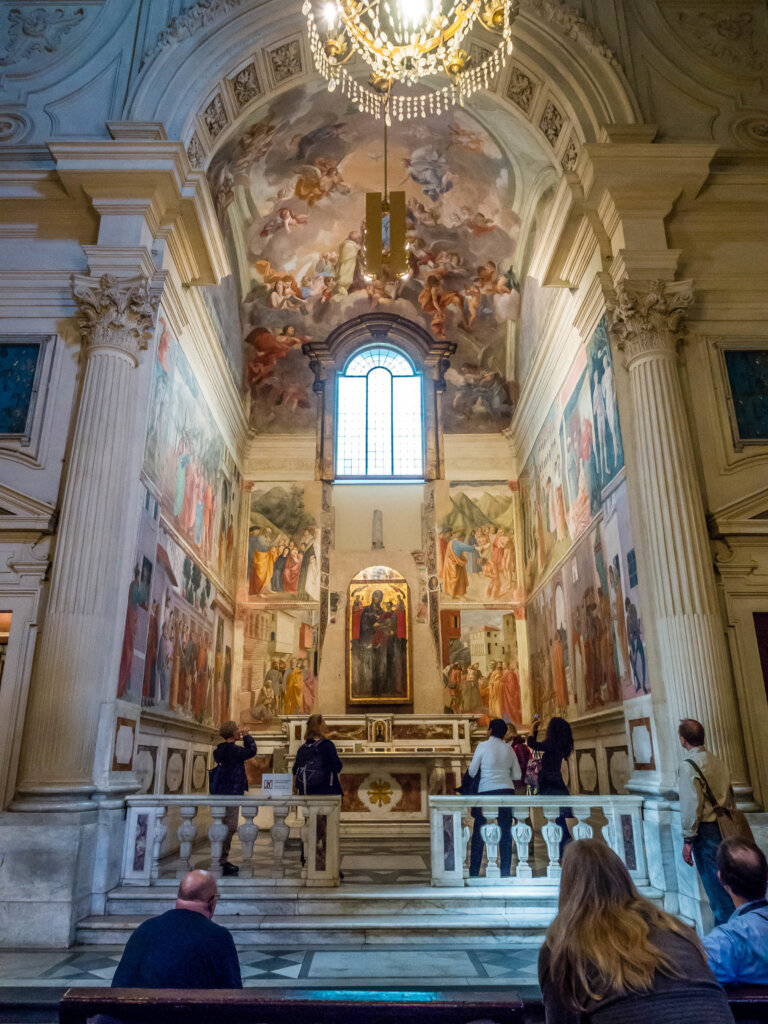
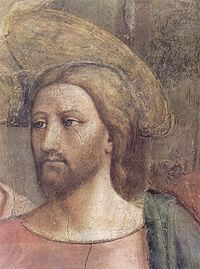
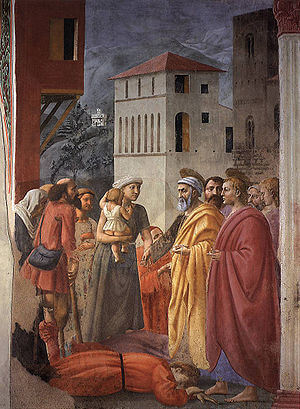

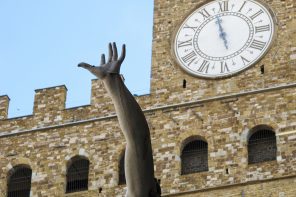
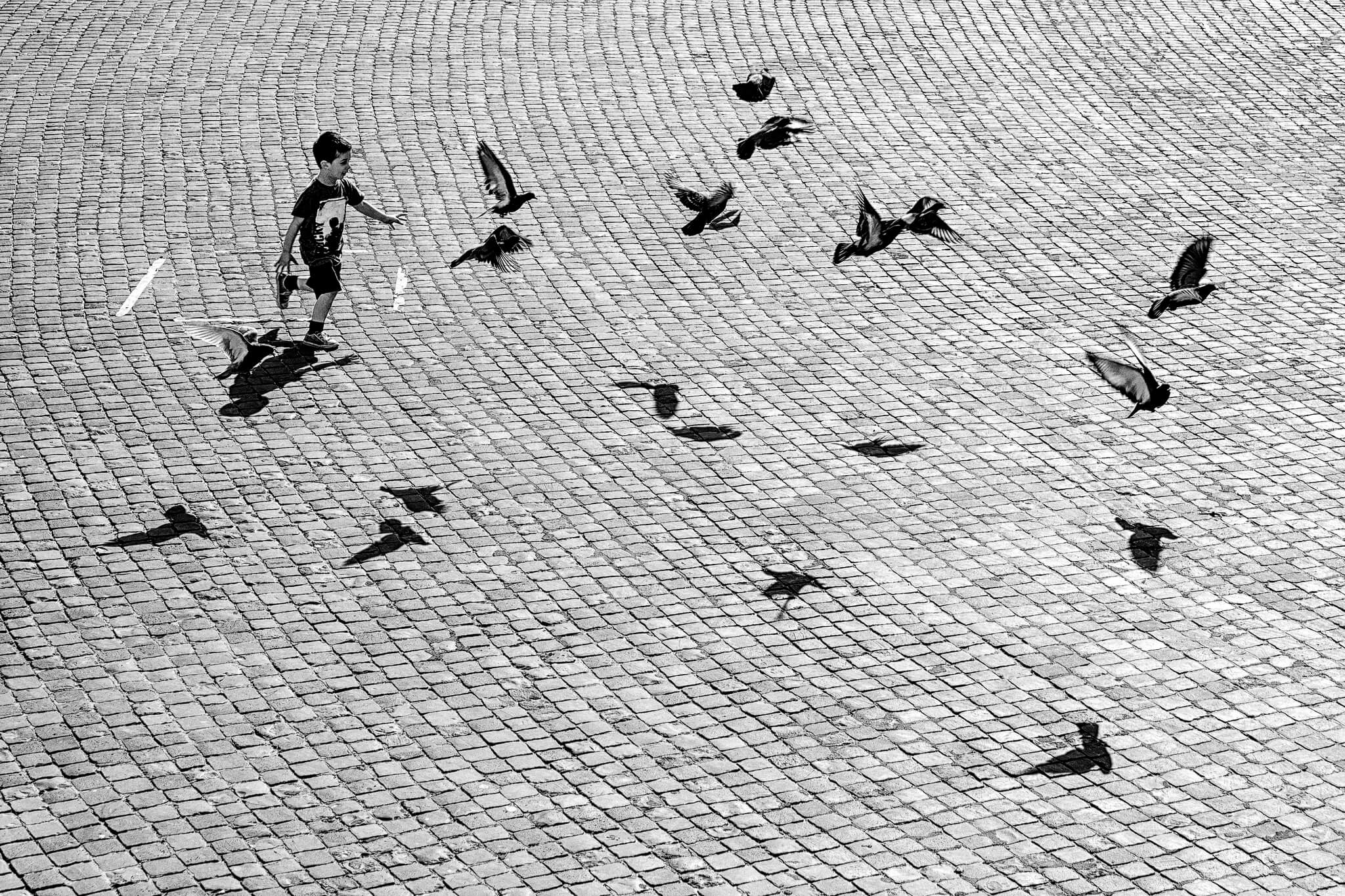
Did you take these photos? What a huge difference after the restoration! They look beautiful! This is the type of art I like! Well, it starts here all the way up to Impressionism! 🙂
No, Jeremy, I got them from Wikipedia, which is what I’ve done for most of the art posts on here since my pictures from Italy are old, and a lot of places don’t allow photography anyway. I agree, these frescoes and many others in Italy look incredible after being restored. Such vivid colors.
Wonderful article and background on the Brancacci Chapel. One of my online Renaissance courses studied these frescoes in detail and this article gave me a chance to brush up on my studies. Love the before and after images….especially those of the expulsion…this scene is particularly poignant as it reflects the moment after committing original sin and the consequences suffered shortly thereafter. Nice job my friend!
Thanks, Jeff. I agree about the before and after images and about that scene. Such great expression of emotion, isn’t it?
Thanks for the reminder about the Brancacci Chapel Jenna! It is truly remarkable, especially with all of the restoration work. Living in Florence last summer and for a semester in college, Florence could never fail to overwhelm me from an artistic standpoint. Everyone says Venice is so visually stunning, but I think Florence is a Renaissance painting still living and breathing.
“I think Florence is a Renaissance painting still living and breathing” I love that line, Suzy, and I completely agree. The amount of authentic art there is really spectacular.